Last week the Advertising Standards Authority (ASA) banned three car adverts, one from Ford, one from Fiat and one from Nissan, all of which, it says, encouraged dangerous driving.
The banning of the Nissan ad in particular raises an interesting question, or at least a question. The ad shows a couple on their way to an airport in their Micra, and they appear to be in a bit of a rush. They demonstrate some questionable lane discipline at the beginning, then dash into the airport. An airport worker (head down, ear defenders on) steps out in front of the car, which comes to a sudden stop thanks to its autonomous emergency braking (AEB) system activated by Nissan’s pedestrian recognition feature. No one dies and no one misses their plane.
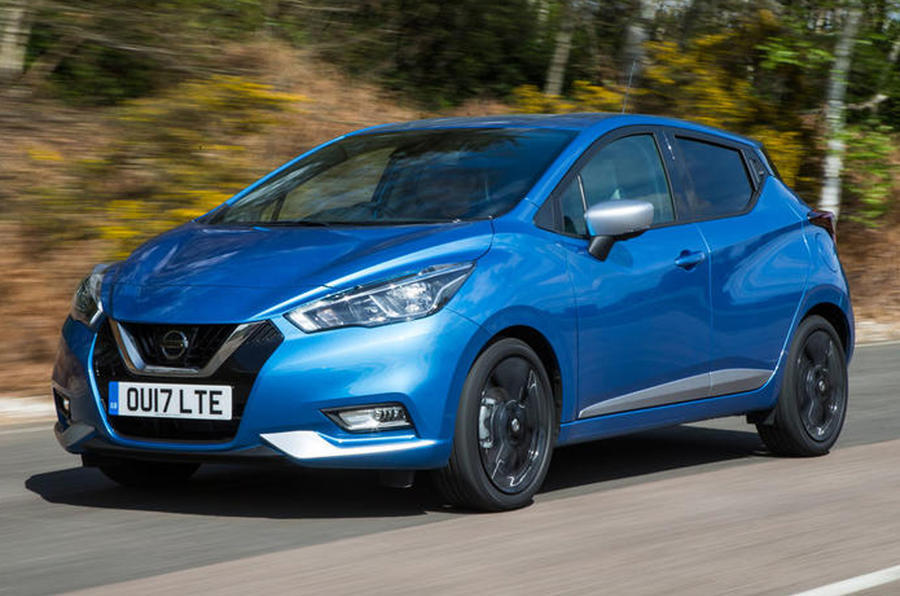
But the ASA ruled that the ad “created the impression that the driver was able to navigate at speed in a rushed or distracted manner and ultimately could rely on the Micra’s braking system intervening to help prevent a collision”.
TV ads can be tricky things to get right. A lot of information has to be presented very quickly, usually in around 30 seconds. Timelines are condensed, edits are quick and the viewer can be required to pick up on sometimes subtle and transient visual cues.

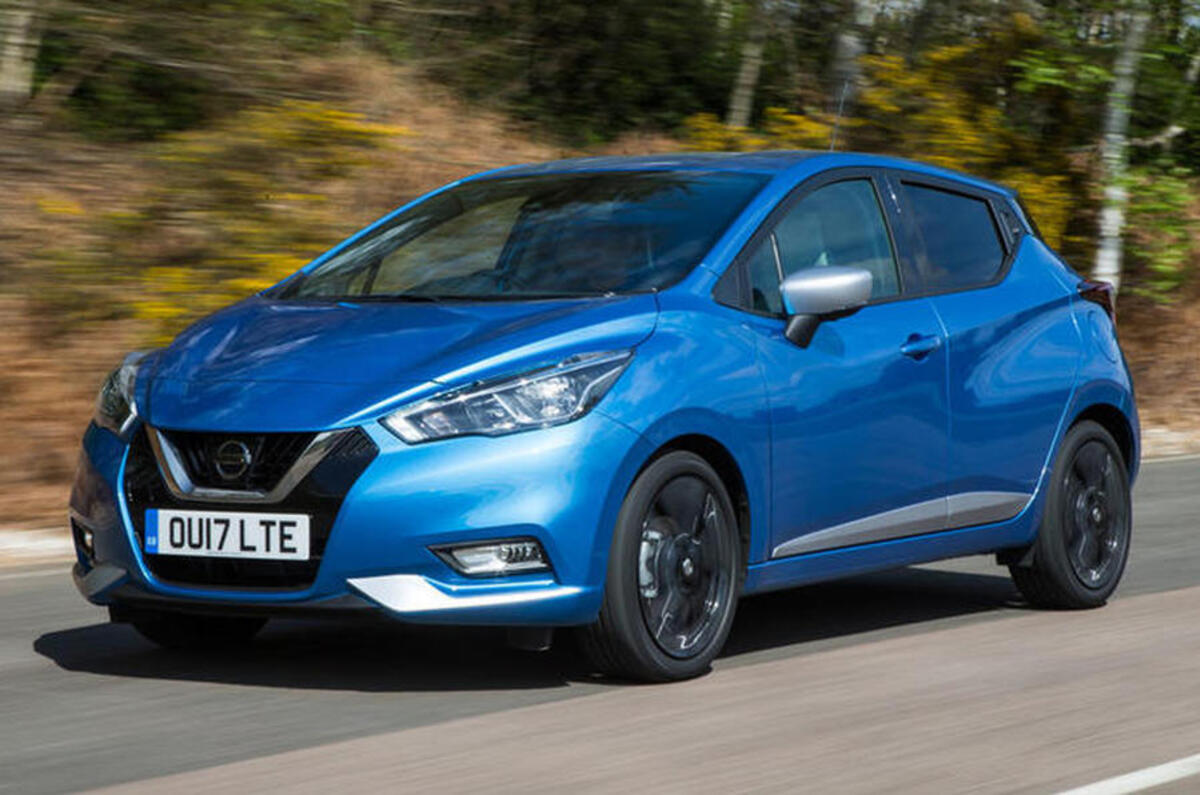
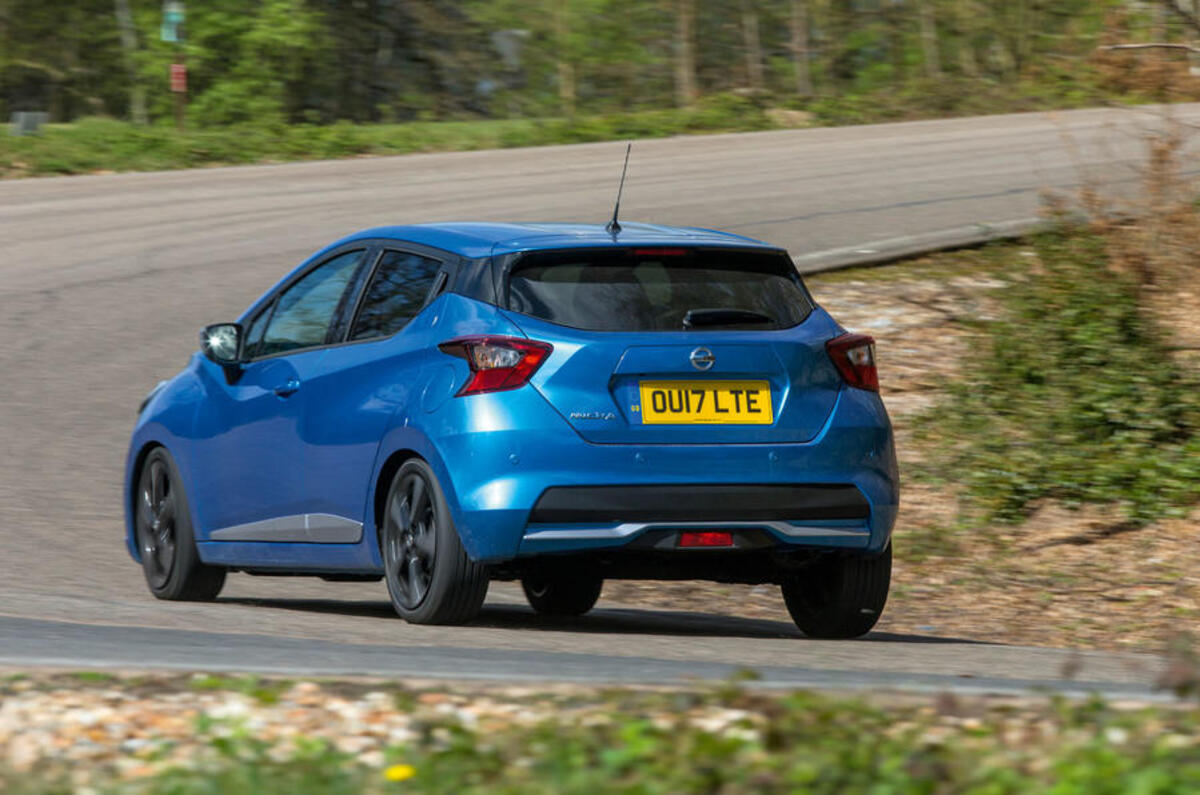
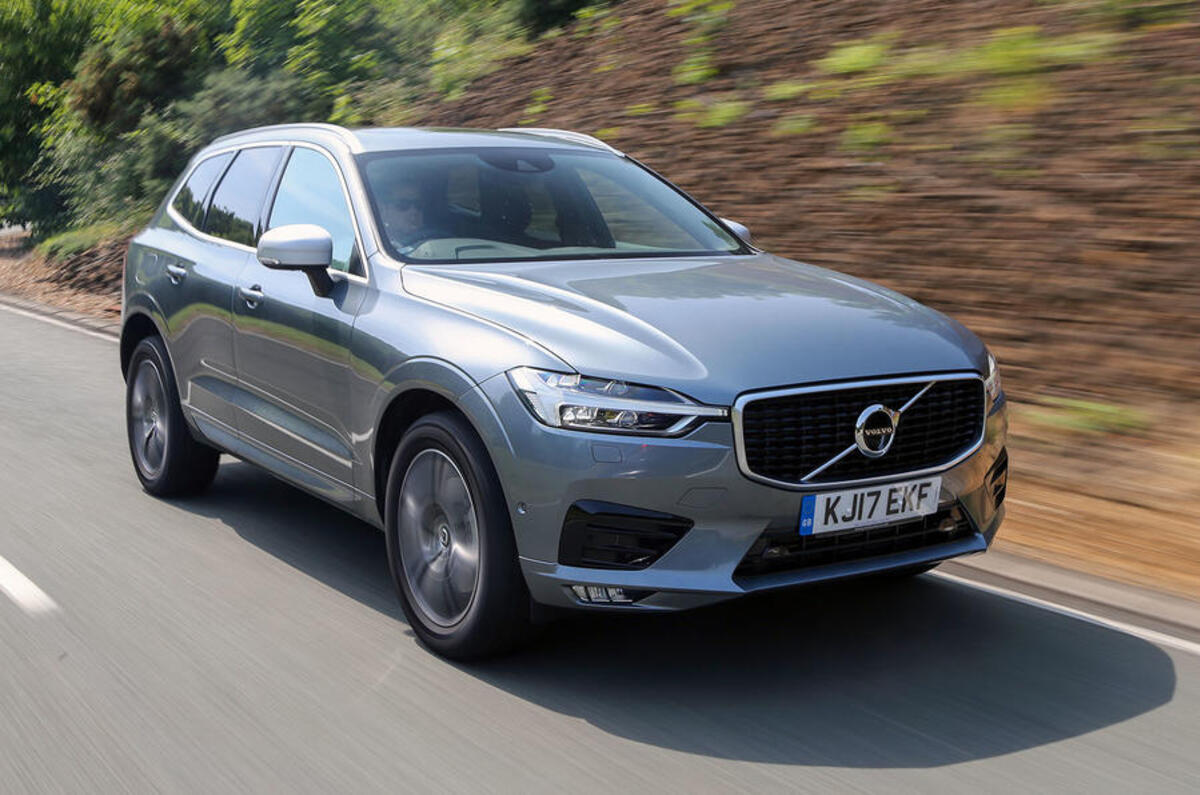

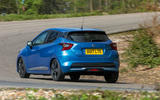
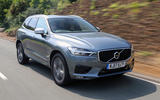
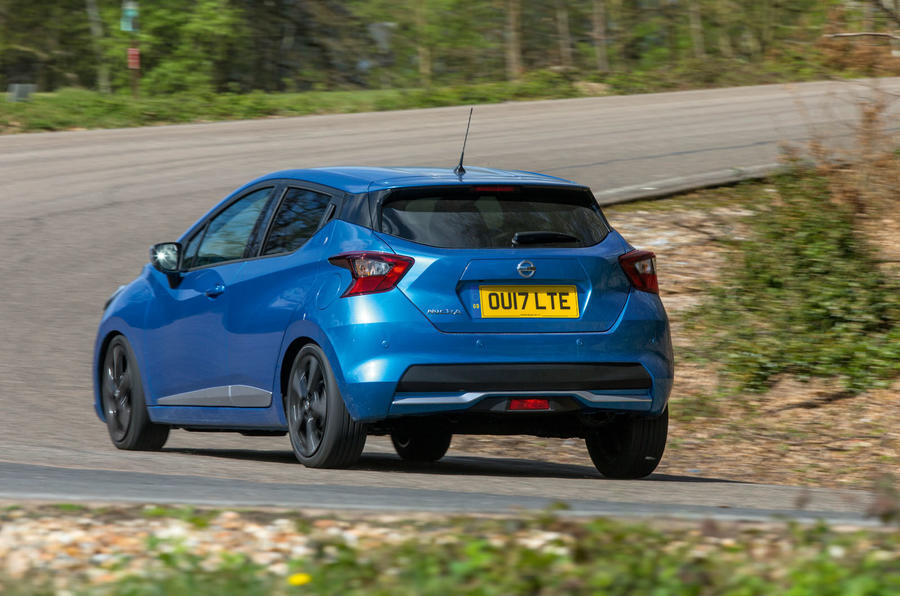
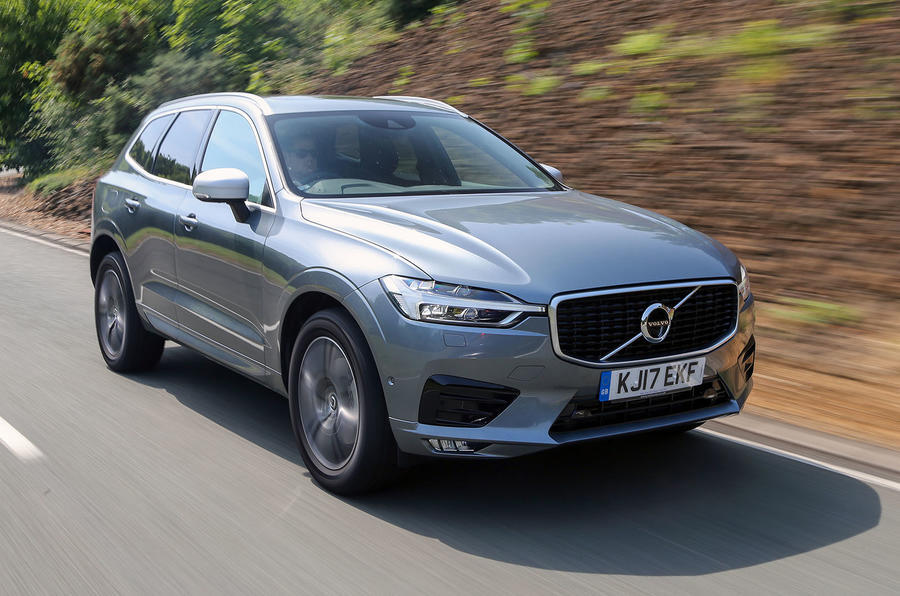
Join the debate
supermanuel
Joke
The ASA is a joke, has been for years.
289
@ supermanuel
I agree, the political correctness is out of control at the ASA.
This advert was hardly police interceptor stuff!
If they are taking exception to this what about the latest Jagiar i Pace advert where the car is driving in an iresponsible manner in an Urban environment?....presumably with the live Jaguar in the boot!
Its just all rubbish and treating the public like imbeciles. No one is suggesting that drivers shouldnt be using sound judgement and matching driving to conditions.
However all this tech is turning drivers into buffoons, in 45 years of driving I have never needed AEB, ASR, Lane change warnings, blind spot warnings etc.etc.
Its all just crap to go wrong and lull people into a false sense of security.
Symanski
Haagen Dazs - One pint is 460ml.
Here's a funny one for you. On the UK Haagen Dazs site they have "Pint" pots of ice cream advertised. They even link to the stores where you can buy it. But they've down-sized a pint from 568ml to 460ml. Even before the recent downsizing they were only 500ml, not a pint.
Still advertising as a "Pint" and they've been reported to the ASA, but nothing has been done.
So the Nissan is just an opinion of a breach, but Haagen Dazs have an obvious factual error.
xxxx
Can AEB get it wrong. Anyone ever needed it?
Not quite sure about the Thatcham Research stating that having AEB as standard on all new cars would save ‘hundreds of extra lives’. I thought it only worked at slow'ish speeds.
What I would like to know how often it gets it wrong, either not working when it should or being applied when it shouldn't. Has the later ever happened to anyone on this forumn???
typos1 - Just can’t respect opinion
heidfirst
Years ago (80s) I worked for
Years ago (80s) I worked for a company that had an instore leaflet for a product which had 1 complaint raised with ASA regarding 1 picture on it re. the expression on a lady's face. This leaflet never had been planned to be or was used as an advert but the ASA still ruled against the company ...
heidfirst
Years ago (80s) I worked for
Years ago (80s) I worked for a company that had an instore leaflet for a product which had 1 complaint raised with ASA regarding 1 picture on it re. the expression on a lady's face. This leaflet never had been planned to be or was used as an advert but the ASA still ruled against the company ...
hpsupport123
I m not sure but might be a wrong decision
Well not really agreed with the idea of doing so because there are a lot of examples who get famous contineously. Nissan is a big name but without any sort marketing its very difficutl to aware the crowd .https://hpsupportassistant.org/
Add your comment